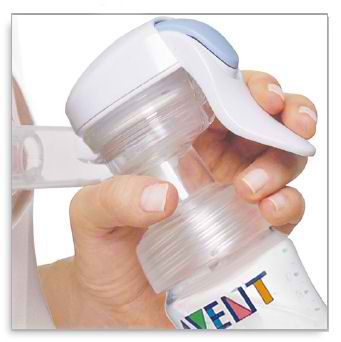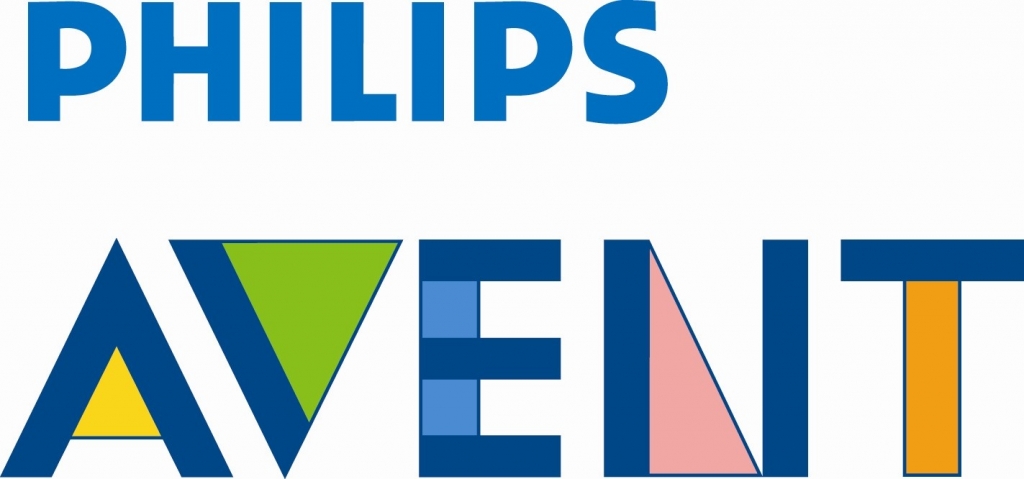Feeding with expressed breast milk is common and safe if done properly. Breast milk can be expressed by hand, or with a manual or electric breast pump. It is important to collect and store breast milk correctly to prevent the risk of bacterial growth.
It is quite common for mothers to feed their baby using their expressed breastmilk. Breastmilk can be expressed by hand, or with a manual or electric breast pump.
Breastmilk must be collected and stored correctly to prevent the risk of bacterial growth.
Mothers express milk for a variety reasons
Some mothers choose to feed their babies with expressed breastmilk. There are many reasons for this decision, including:
- The baby needs extra breastmilk as a ‘top-up feed’ following a breastfeed.
- The baby may not be able to suckle well at the breast.
- The mother is going back to work.
- The mother may prefer to feed using a bottle.
- The mother is going out or simply wants a break from the responsibility of feeding the baby.
- Some women regularly express to maintain or increase their milk production.
Three ways to express milk
In the first week, after your milk has ‘come in’, you can expect to produce about 300–500 ml of breastmilk in a 24-hour period. This should increase to about 600–700 ml over the following two to three weeks. Breastmilk can be expressed by:
- hand
- hand-held breast pump
- electric breast pump.
By hand
Expressing milk by hand is a cheap and convenient method. Once you master the skill, you can express your milk at any time. It also means you don’t have to buy or hire any special equipment, which (particularly in the case of electric pumps) can be expensive.
It may take a little practice to learn this skill, but it is worth the effort. Before preparing to hand express:
- Wash your hands thoroughly with soap and water.
- Try to relax. The let-down reflex is delayed by anxiety, although it will eventually occur. It may help to have your baby close to you. If that is not possible, have a photograph nearby or think about your baby.
- Massage your breasts with the flat of your hands, working towards each nipple.
- Place a finger and your thumb either side of the nipple at the base and gently stretch and roll the nipple.
- Place your thumb above your nipple at the edges of the areola (dark area around the nipple) and the first finger below.
- Using your thumb and finger, gently press your breast tissue back towards your chest wall and squeeze. By doing so, you are moving back along the milk ducts, gathering some milk (which is lying in the ducts) and then squeezing it forward. Drops of milk should soon appear on your nipple. Gently rub these first drops into your nipple. This will further stimulate your let-down reflex and increase the milk flow.
- Continuously press and squeeze in a rhythmic massaging movement. The milk will soon begin to flow – sometimes even squirting out.
- Sometimes your hand may become tired so switch hands regularly.
- Once the milk dwindles to a few drops, move your finger onto another area of your breast and continue to press and squeeze.
Expressing by hand takes time
You will need to set aside adequate time to express each breast. Repeat the above technique on each breast. If you express each breast three times, for five minutes, it will not take more than half an hour to express both breasts.
Even if you use a pump, it is a good idea to finish off the expressing session by hand to squeeze out the remaining drops of milk.
Hand-held breast pump
Many mothers prefer to use either a manual or electric breast pump. They find it is quicker and produces more milk each time. They may also prefer this method because they don’t have to handle their own breasts to express the milk.
It is important not to use any kind of pump until your breastmilk has ‘come in’ and your supply is established. Also, avoid using a pump if you have nipple damage (cracked nipples) or an oedematous (swollen and puffy) nipple or areola.
There are numerous breast pump designs on the market. Some are well designed, others are not so good. A hand pump must be:
- effective
- comfortable
- easy to use
- safe to use – that is, it should not damage the nipple or areola, or cause muscle strain
- economical.
Getting started
Suggestions for using a hand-held pump are as follows:
- Stimulate the let-down reflex by hand. Once the milk has started flowing, switch to the pump.
- Place the flange of the pump directly over your nipple and hold it firmly against your breast.
- Rhythmically squeeze and release the pump handle. Milk will begin to flow into the collection bottle.
- Adjust the suction strength so that it is comfortable and not causing any pain or discomfort. Excess suction will not result in the removal of extra milk, and may result in pain and nipple damage.
- Finish expressing by hand for a few moments to remove the last drops of rich milk.
Electric breast pump
Other mothers choose an Electric Breast Pump.
You can choose double pump kits that allow you to express from both breasts at the same time. This is a real timesaver when expressing full-time.
Suggestions include:
- Choose a model with adjustable suction. Suction that is too high can be painful, can cause nipple damage and will not remove any extra milk from the breast.
- Stimulate the let-down reflex by hand. Once the milk flow has started, switch to the pump.
- Start with low pressure and then slowly increase the pressure to your level of comfort. If it is painful, check that the mouthpiece of the pump is centered directly over your nipple and reduce the suction.
- Finish expressing by hand to remove the last rich drops of milk.

USEFUL LINK
Video on How to Express Milk



